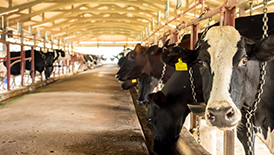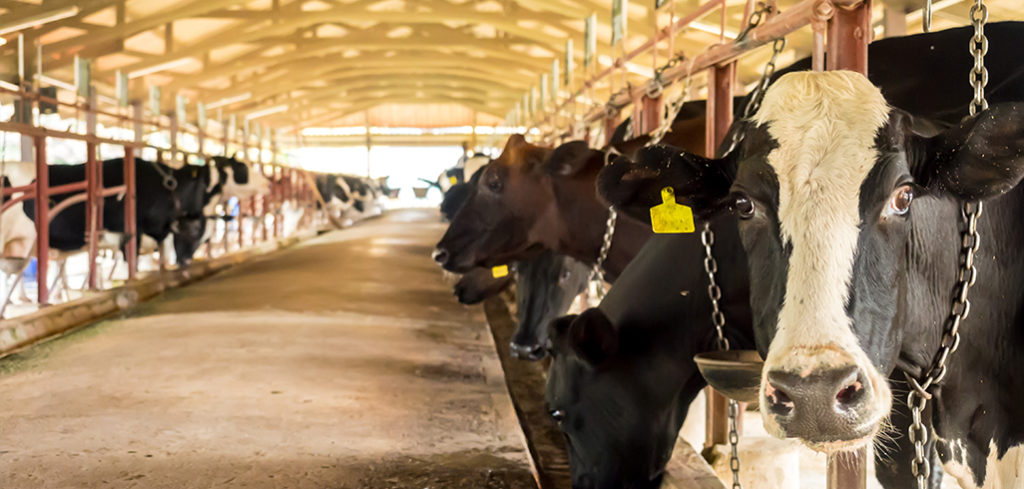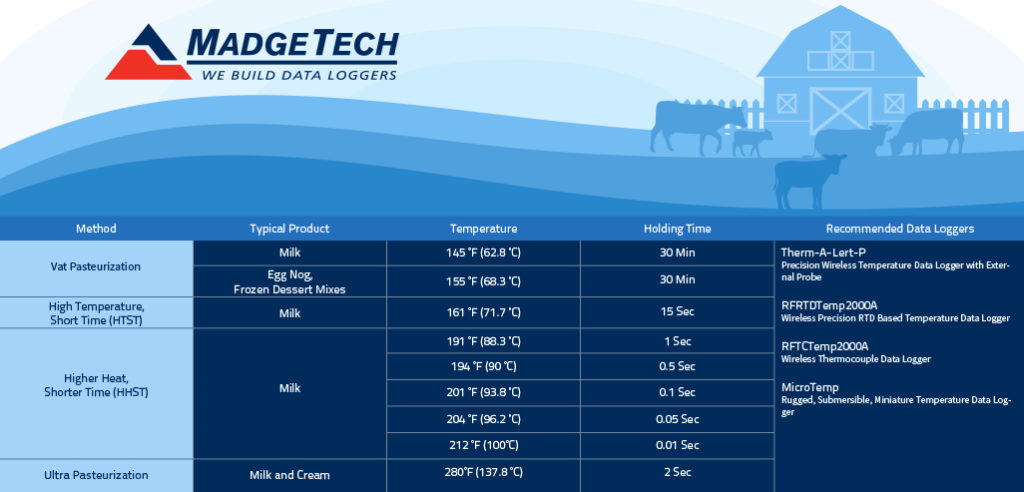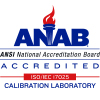 Posted on
Posted on

We all know the health benefits of milk; it was practically instilled in us since when we were young. But did you ever consider the dangers milk could pose if it wasn’t properly processed? Dairy farmers all around the world make it possible for milk to be abundant, fresh, available and safe for consumption. In order to ensure public health, milk must be pasteurized before it’s stocked in stores.
Pasteurization is the process of heating something up quickly then cooling it back down. Pasteurizing milk destroys 99.9% of disease-causing microorganisms and extends the shelf life to 16-21 days from the time it was packaged.
High Temperature Short Time
In the United States, the most common method of pasteurization is High Temperature Short Time (HTST). This method involves using metal plates and hot water to raise the temperature of the milk to at least 161 °F (71 °C) for no less than 15 seconds, or 145 °F (62 °C) for 30 minutes, followed by rapid cooling.
Higher Heat Shorter Time
Similar to HTST pasteurization, Higher Heat Shorter Time (HHST) uses slightly different equipment and higher temperatures for a shorter time. Using HHST, milk can be heated anywhere from 191 °F (89 °C) – 212 °F (100 °C) for its specified time (see chart below).
Ultra High Temperature
Another popular method of pasteurization is Ultra High Temperature (UHT). This process involves heating the milk using commercially sterile equipment and filling it under aseptic conditions into hermetically sealed packaging. The milk must be heated to 280 °F (138 °C) for at least two seconds, then rapidly cooling it down. UHT kills more bacteria (good and bad) and gives it a much longer shelf life. UHT milk does not need refrigeration, until opened, and is shelf stable for at least six months.
Ultra Pasteurized
Not to be confused with UHT, Ultra Pasteurized (UP) milk is heated using commercially sterile equipment, but it is not considered sterile because it is not hermetically sealed. Milk is heated to 280 °F (138 °C) for at least two seconds, then rapidly cooling it down. Since the milk is not hermetically sealed, it must be refrigerated with an average shelf life of 30 – 90 days.

To find the best monitoring solution to fit your dairy application, click here, or give us a call at (603) 456-2011.






